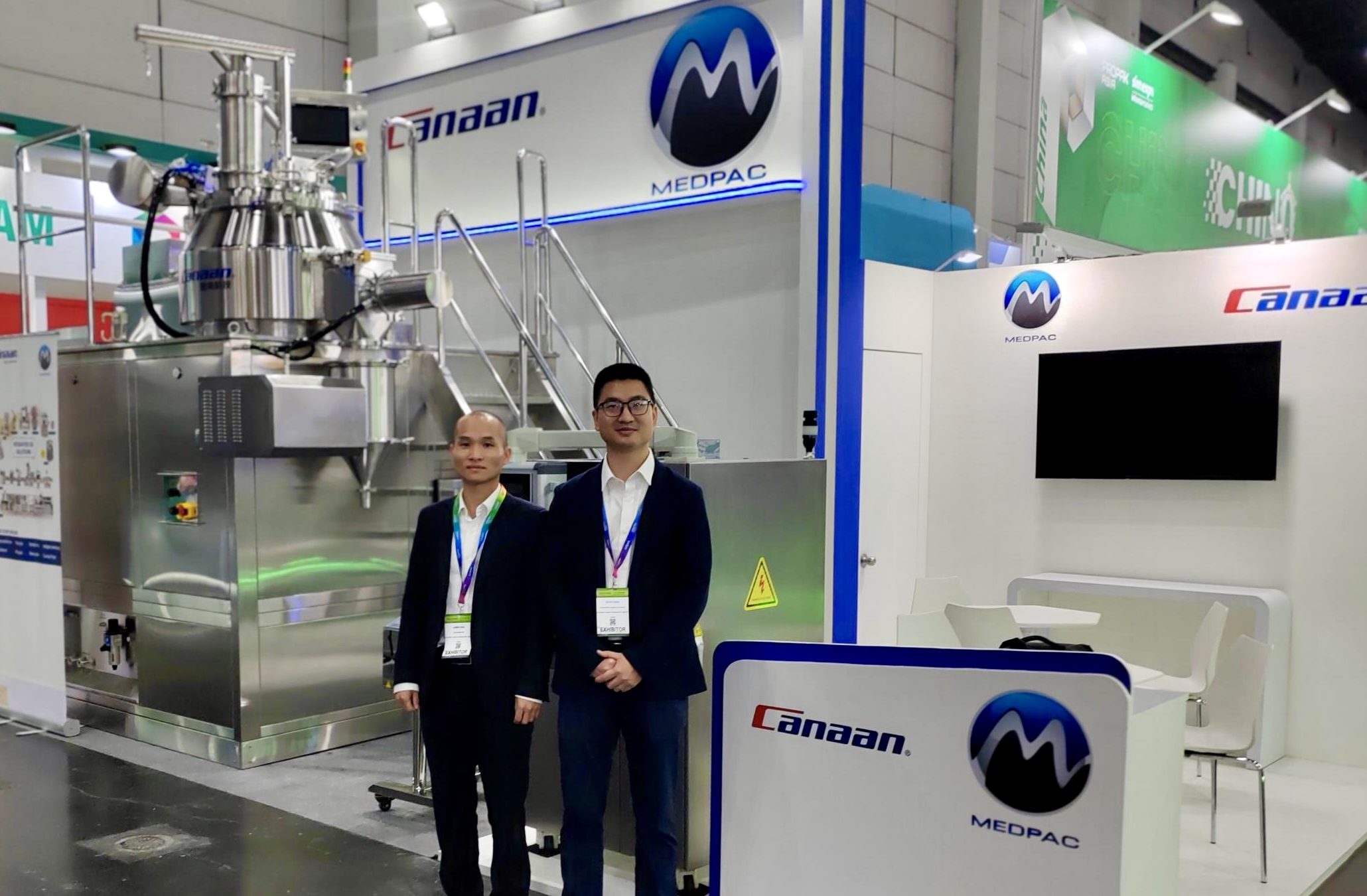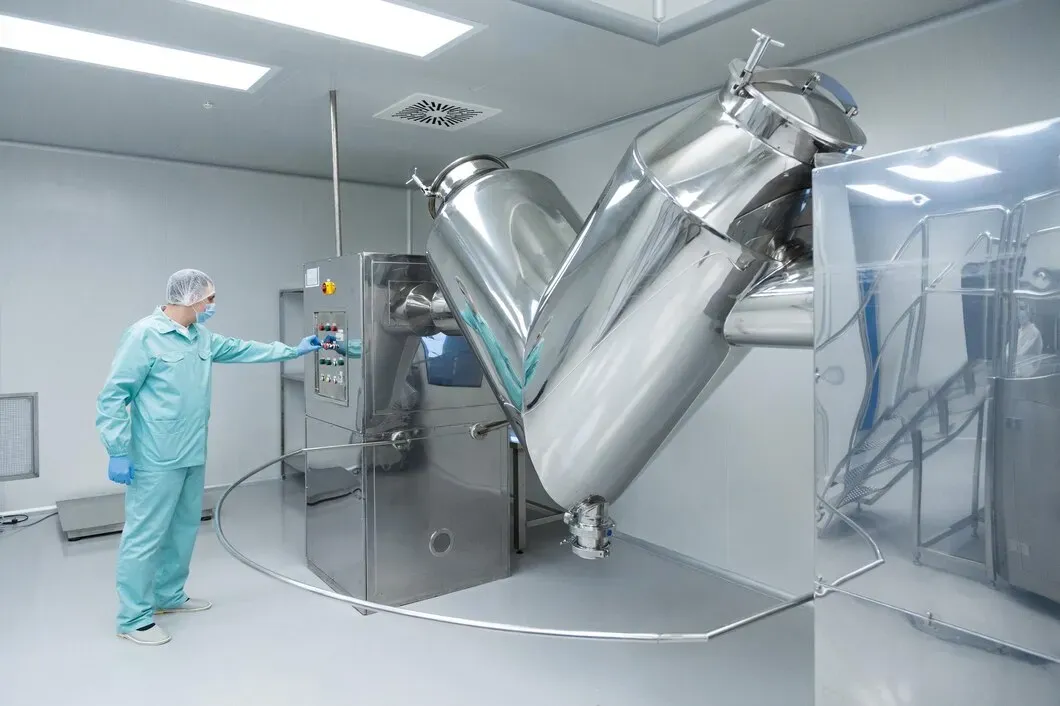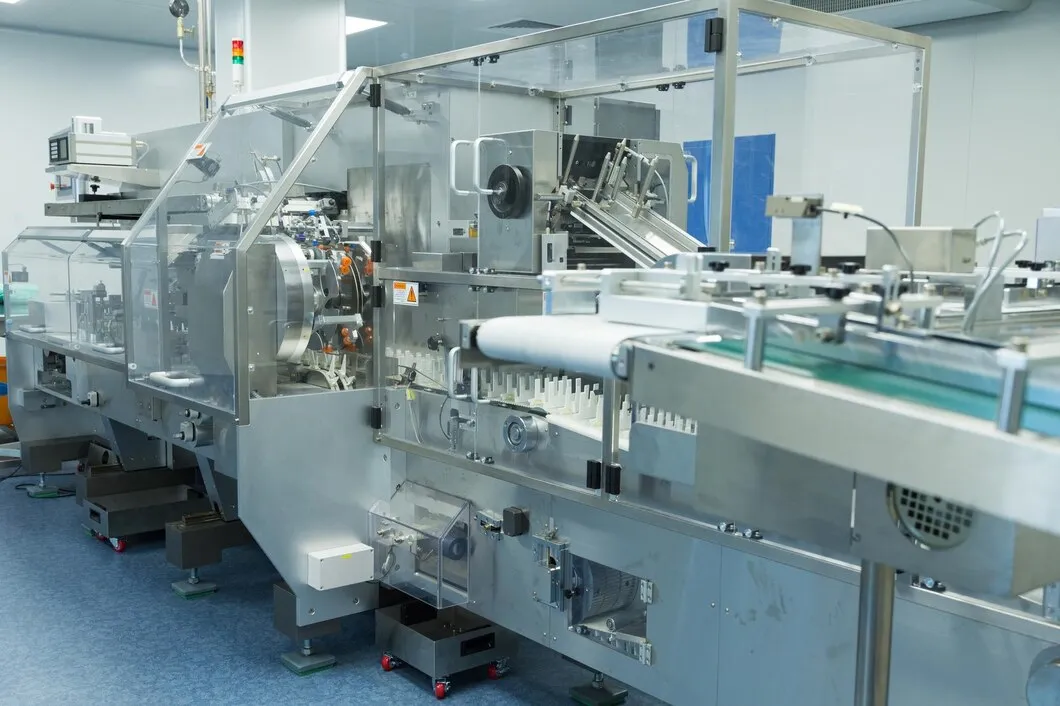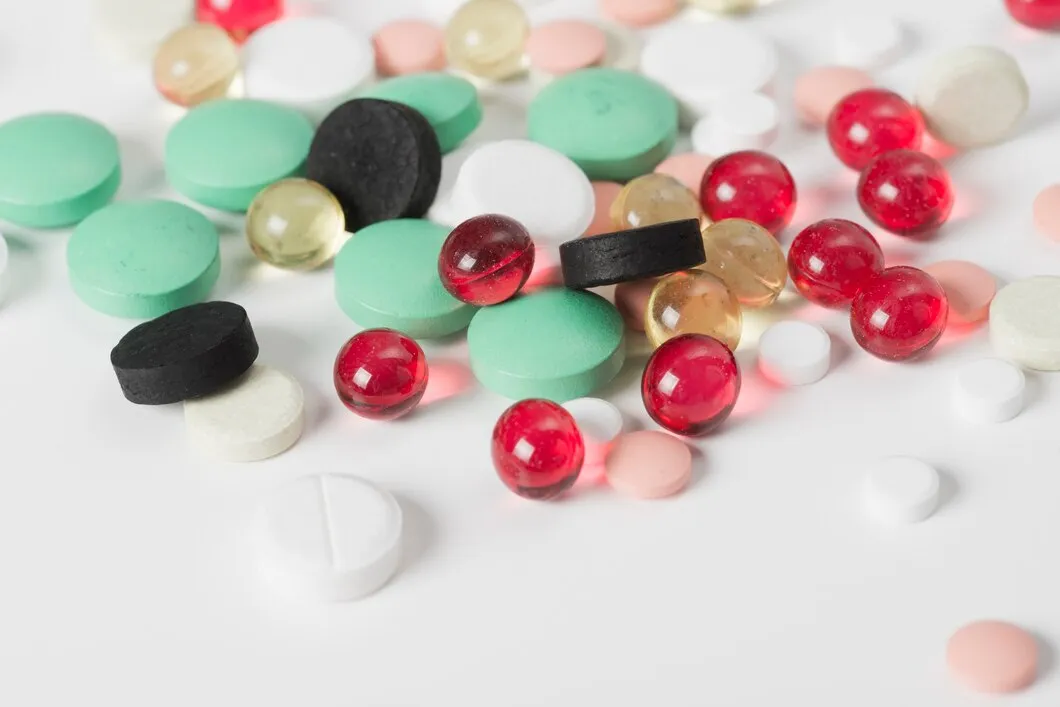Producing perfect tablets is not easy. Whether you’re in pharmaceuticals, nutraceuticals, or other industries, tablet press machine defects can disrupt operations, waste materials, and compromise product quality.
But here’s the good news: understanding these issues and their solutions can save you time, money, and headaches. Let’s explore the most common tablet press machine defects and how to address them effectively:
Capping happens when the top or bottom of a tablet separates during or after compression. Capping defect often arises due to improper bonding during the compression process.
Alt-text: A capsule with the top and bottom separated and the content spilled
Solution:
Lamination occurs when a tablet splits into multiple horizontal layers, often due to insufficient bonding during compression.
Solution:
Sticking happens when the powder adheres to the punches or dies, often due to excessive moisture or inadequate lubrication.
Solution:
Picking refers to material sticking to the engraving or logo on punches, leading to defective tablets with incomplete markings.
Solution:
Binding occurs when granules stick to the die wall, causing operational delays and damaged tablets.
Solution:
Tablet press machine defects can also lead to mottling, similar to mottling in paint. Mottling is the uneven coloring on tablet surfaces, which can affect the aesthetic appeal of the product.
Solution:
Flashing refers to thin, unwanted edges forming around tablets, often caused by poor alignment of punches and dies.
Solution:
Chipping involves the breaking or flaking of tablet edges, which can compromise the tablet’s integrity and lead to tablet breaking.
Solution:
Cracking happens when visible lines or fractures appear on tablets, often due to high compression force or inadequate formulation.
Solution:
Double impression occurs when the tablet shows overlapping logos or engravings, leading to inconsistent branding.
Solution:
Have you noticed black spots on your tablets? Black spots on tablets are often due to contamination during the manufacturing process.
Solution:
Another issue caused by tablet press machine defects is inconsistent thickness. Thickness variations can compromise tablet uniformity and dosing accuracy.
Solution:
Twining occurs when two or more tablets stick together during production, often due to high moisture levels or insufficient lubrication.
Solution:
Hardness inconsistencies affect tablet durability, packaging, and dissolution rates.
Solution:
Weight variation can lead to dosing inaccuracies, regulatory non-compliance, and customer dissatisfaction.
Solution:
Dusting results in excessive powder residue on tablet surfaces, affecting their appearance and handling.
Solution:
Brittle tablets are prone to breaking during handling, packaging, or transport.
Solution:
Uneven coating affects tablet aesthetics, taste masking, and functionality.
Solution:
Underfill occurs when tablets contain less material than required, leading to non-compliance and inefficiencies.
Solution:
Improper lubrication can cause sticking, binding, or other defects during production.
Solution:
Tablet production is a delicate balance of precision and quality control. Understanding and addressing these tablet press machine defects ensures smoother operations and higher-quality products.
By taking proactive measures, you can significantly reduce downtime, avoid defective tablets, and produce consistent, high-quality tablets.
Ready to upgrade your equipment and minimize defects? Explore high-quality tablet press solutions at Canaan’s product page or contact us for cutting-edge technologies designed to optimize your operations.




Before any drug reaches a patient, it starts in a lab. That’s where formulas are tested, batches are checked, and quality is either confirmed or questioned. To do that work right, labs depend on the right equipment—tools that don’t just get the job done, but do it with precision. If you’re responsible for running or […]

Blister packaging is everywhere in pharma—from tablets to capsules to sample packs. It protects the product, extends shelf life, and improves patient safety. But for manufacturers, it’s more than just packaging—it’s a system built around speed, precision, and compliance. If you’re in pharma manufacturing or packaging procurement, here’s what you need to know about blister […]

If you’re deciding how to deliver a pharmaceutical or supplement product, the format you choose—liquid gels or tablets—will shape more than just how it looks. It affects how the product is made, how fast it’s absorbed, what kind of equipment you’ll need, and how the end user experiences it. Some actives work better in a […]